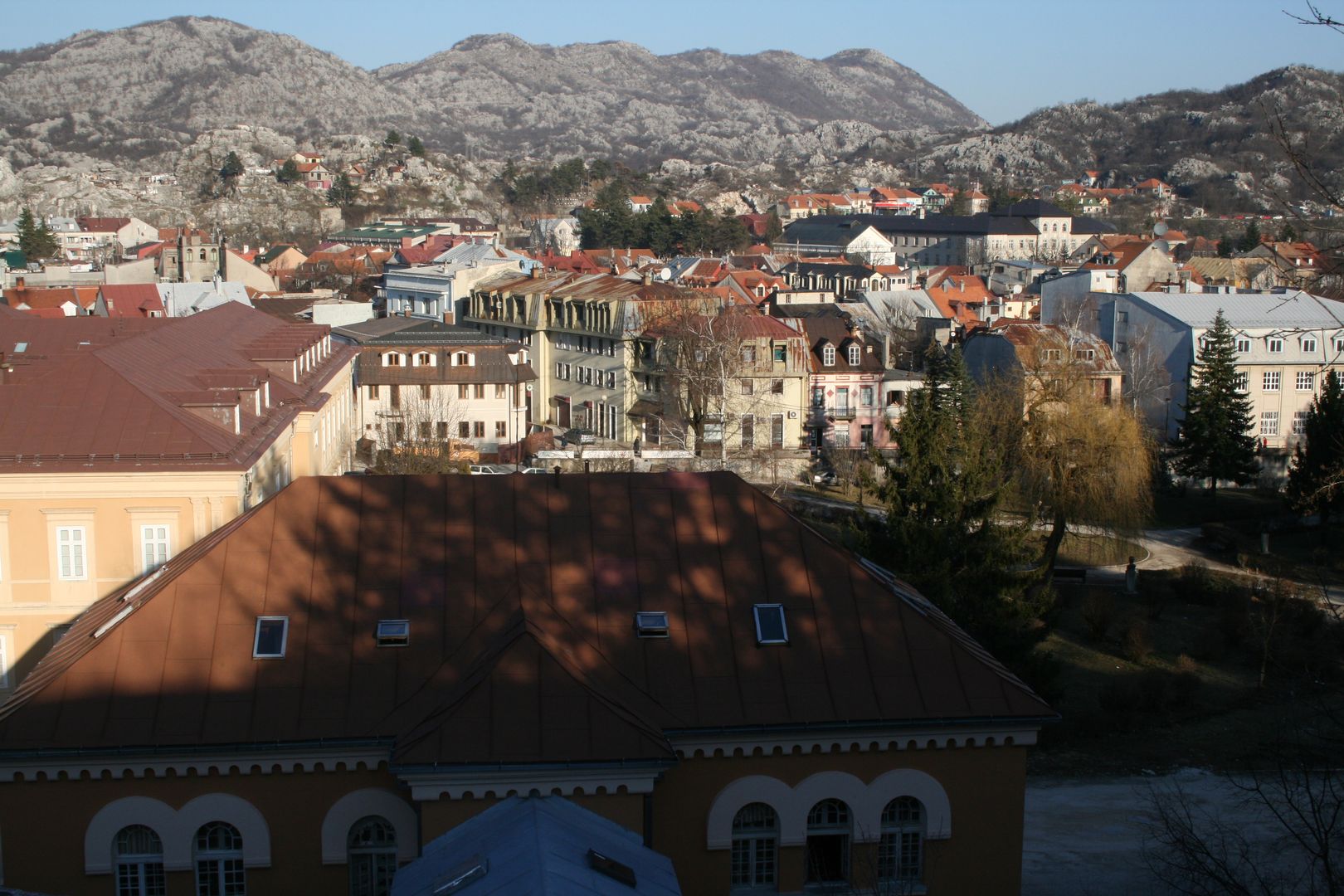Cetinje
6.51

Overview
Cetinje is a city in Montenegro that served as the royal capital of the country. According to the 2023 census, the city has a population of 12,460, while the entire municipality is home to 14,465 people. Nestled in a picturesque valley surrounded by mountainous terrain, including the famous Mount Lovćen, Cetinje was founded in the 15th century by Ivan Crnojević. Its cultural development is closely tied to the establishment of the first printing house in Southeastern Europe and the creation of numerous cultural institutions, such as the National Museum of Montenegro and the Central National Library. The city's architecture, featuring Renaissance buildings and modernist public institutions, reflects the turbulent history of the region. In the 19th century, Cetinje experienced a period of prosperity, becoming a significant intellectual and cultural hub. The city hosts numerous festivals, including the Cetinje Biennale of Art and 'Summer in the Old Capital,' which attract many tourists. Cetinje also boasts a rich sporting tradition, with football and handball clubs. Known for its heavy rainfall, it is one of the wettest cities in Europe. Another notable attraction is the Lipa Cave, a large cave that draws many visitors. Although Podgorica is the capital, Cetinje has retained its role as the cultural and historical heart of Montenegro.
Location
Country
2025 Wizytor | All Rights Reserved